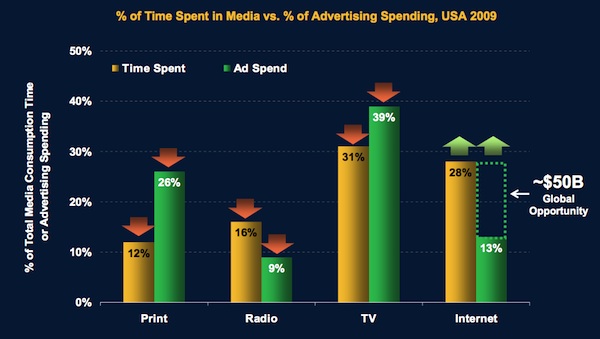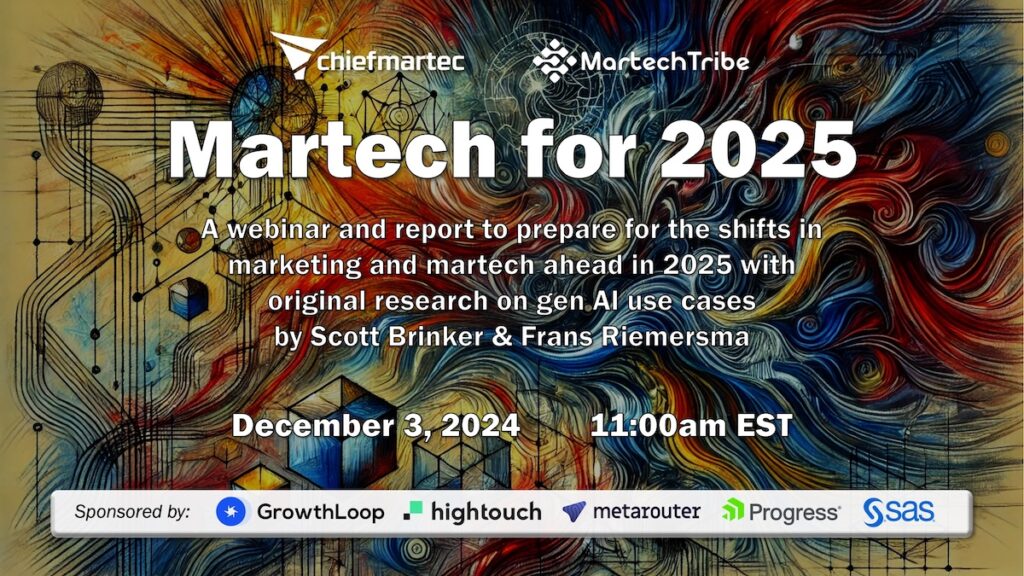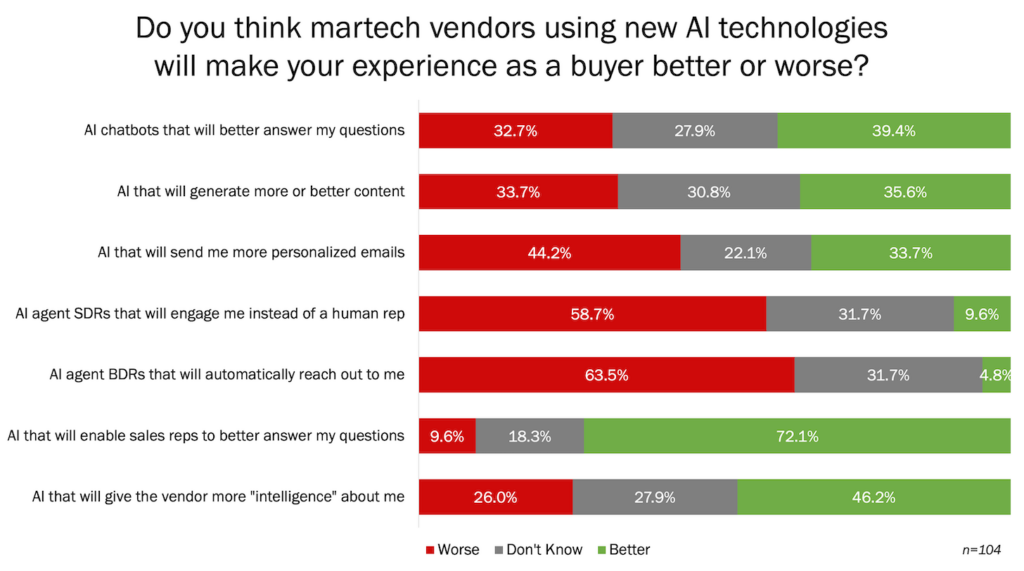Mary Meeker, the renowned Internet analyst at Morgan Stanley, just gave her presentation on Internet trends at the Web 2.0 Summit. Mary’s presentations are legendary because of the clear, data-driven insights she brings to what is a huge and highly chaotic market space.
In this presentation, she posed 10 questions that Internet executives should ask and answer.
The one I found most interesting was #4: Advertising. She advocates that advertising is still ripe for innovation — and executives should be asking how their businesses can benefit. Her Exhibit A is this graph showing the % of time spent in different media vs. the % of advertising dollars allocated to each media:
On the surface, it makes sense that the percentage of advertising dollars spent in a medium — such as TV or Internet — should approximately track to the percentage of time that people spend engaged in the media. In that model, there’s a $50 billion gap in what should be the amount of money spent on the Internet.
This is a disequilibrium that will eventually be rectified — and in the process offer a huge opportunity to marketers and entrepreneurs. (And especially marketing entrepreneurs.)
However, I believe the answer is broader than advertising.
One of Mary’s subsequent slides asks, “Where are the Great Online Ads?” — noting the lack of iconic Internet advertising campaigns relative to TV creatives. No doubt, new Internet advertising formats and technologies will bear creative fruit eventually, but because the medium is so different than its predecessors (print, radio, TV), I think the broader win here is in marketing innovation.
We may not have seen many iconic Internet advertising campaigns, but we have seen iconic new kinds of marketing engagement.
Content marketing, conversion optimization, social media marketing, game-driven marketing, extended relationship marketing with marketing automation, etc., are all examples of marketing innovations that the Internet has enabled that have rocked our world. And many of them are still in the early adopter phase — we’ve only barely begun to reap the benefits. Collectively, these innovations are forging new patterns of brand building and customer acquisition outside the domain of “advertising” (in the semi-traditional sense, such as with banner ads sold by CPM).
Indeed, these new mechanisms for market engagement may very well reduce the net amount of paid advertising in the world — even if the total dollars spent on marketing remain the same. Arguably, total marketing spend will increase with ever better tracking and accountability and the continued disruption of the “sales” function.
Later in her presentation, Mary refers to Clay Christensen — one of my personal heros — on the potential for disruptive innovation to change markets primarily by addressing an underserved low-end portion of the market or by addressing non-consumption. This latter approach is about giving people something that categorically wasn’t available to them before (such as iPhones, iPads, Facebook, Twitter, etc.) — and I think that is ultimately the kind of innovation that marketing (not merely advertising) is experiencing.
Along those lines, I wrote a post a few years ago about disruptive innovation in online advertising that applies Christensen’s model to the changes from traditional advertising to search advertising to social media marketing — an entirely different beast.
Net takeaway: it’s a great time to be an innovator in marketing.
Here’s Mary’s complete slide deck on Scribd.



